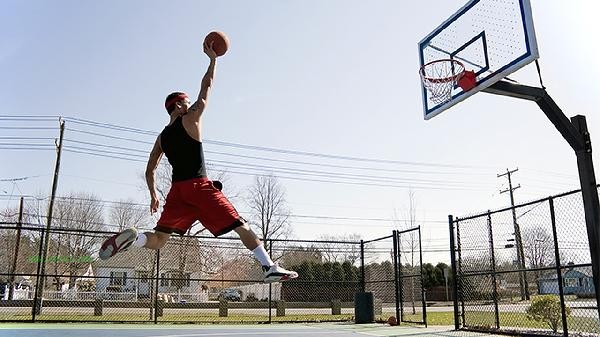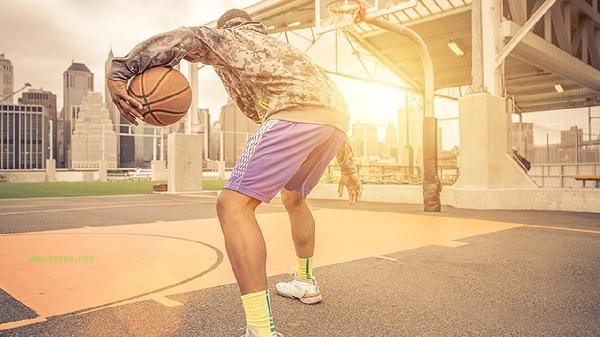Insufficient physical fitness during basketball and running the entire court can be improved by enhancing cardiovascular and pulmonary function training, improving muscle endurance, adjusting dietary structure, optimizing rest and recovery, and conducting intermittent training.

1. Enhance cardiorespiratory function
Continuously engaging in aerobic exercise such as jogging, skipping rope, or swimming, at least three times a week for at least half an hour each time, can effectively improve cardiorespiratory endurance. Basketball requires high levels of cardiovascular function, and regular aerobic training can increase lung capacity, improve oxygen delivery efficiency, and enable players to maintain longer running abilities during games. It is recommended to start gradually from low intensity to avoid sudden increase in physical activity that may cause discomfort.
2. Improve muscle endurance
Conduct specialized training for lower limb muscle groups, such as squats, lunges, and calf heel lifts, repeated multiple times per group, two to three times a week. Basketball requires repeated sprints and sudden stops, and leg muscle endurance directly affects overall running performance. Strengthening core muscle training, such as plank support and sit ups, can help maintain physical stability during exercise and reduce movement deformities caused by fatigue.
3. Adjust dietary structure
Increase intake of complex carbohydrates such as whole grains, oats, etc., to provide sustained energy for long-term exercise. Moderate supplementation of high-quality protein such as chicken breast and fish can help with muscle repair and growth. Eat easily digestible carbohydrates two hours before the competition to avoid gastrointestinal burden caused by high-fat foods. Timely replenish water and electrolytes during exercise to prevent dehydration from affecting athletic performance.

4. Optimize rest and recovery
Ensure seven to eight hours of high-quality sleep every day to promote physical function recovery. After training, stretch and relax for more than ten minutes to relieve muscle tension. Arrange one to two days of complete rest per week to avoid fatigue accumulation caused by overtraining. Alternating hot and cold water baths or massage can be used to accelerate blood circulation and help eliminate metabolic waste.
5. Conduct interval training
Simulate the rhythm of a basketball game and use high-intensity interval training methods, such as a 30 second full sprint followed by a one minute slow jog, repeating multiple sets. This type of training can improve the body's tolerance to lactate and delay the onset of fatigue. It can be combined with basketball specific training such as turn back running, directional running, etc. to improve the efficiency of movement on the court. The training intensity should be gradually increased to avoid engaging in excessive physical activity beyond one's ability at the beginning. Improving physical fitness in basketball requires a systematic training plan and scientific lifestyle adjustments. In addition to the above methods, it is recommended to conduct regular physical fitness indicator tests, such as twelve minute runs or turnaround runs, to objectively evaluate progress. Pay attention to the reasonable allocation of physical energy during the competition and adjust the attack and defense rhythm according to your own state. Long term adherence to comprehensive training, combined with nutritional supplementation and sufficient rest, can significantly improve overall running ability. If sustained fatigue or sports injuries occur, professional coaches or sports medicine experts should be consulted in a timely manner.







Comments (0)
Leave a Comment
No comments yet
Be the first to share your thoughts!